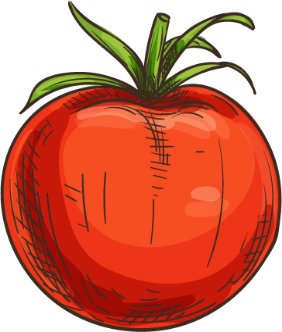Charlottesville City Schools

District Details
Charlottesville, Virginia
District Enrollment: 4,537
District F/R: 55%
District ADP: 73%
Production Model: Self-Operated
School Year Implemented: 2018
# of Grants Awarded: 5

District Details
Charlottesville, Virginia
District Enrollment: 4,537
District F/R: 55%
District ADP: 73%
Production Model: Self-Operated
School Year Implemented: 2018
# of Grants Awarded: 5
Participating Schools
| Johnson Elementary School | Jackson-Via Elementary School | Walker Upper Elementary | Buford Middle School | Charlottesville High School |
|---|---|---|---|---|
| Age Group: K - 5 | Age Group: K - 5 | Age Group: 6 - 8 | Age Group: 6 - 8 | Age Group: 9 - 12 |
| School Size: Medium (301-900) | School Size: Medium (301-900) | School Size: Medium (301-900) | School Size: Medium (301-900) | School Size: Large (900+) |
| School Environment: Rural | School Environment: Rural | School Environment: Rural | School Environment: Rural | School Environment: Rural |
| School F/R: 54% | School F/R: 65% | School F/R: 54% | School F/R: 49% | School F/R: 48% |
| School ADP: N/A | School ADP: N/A | School ADP: N/A | School ADP: N/A | School ADP: N/A |







